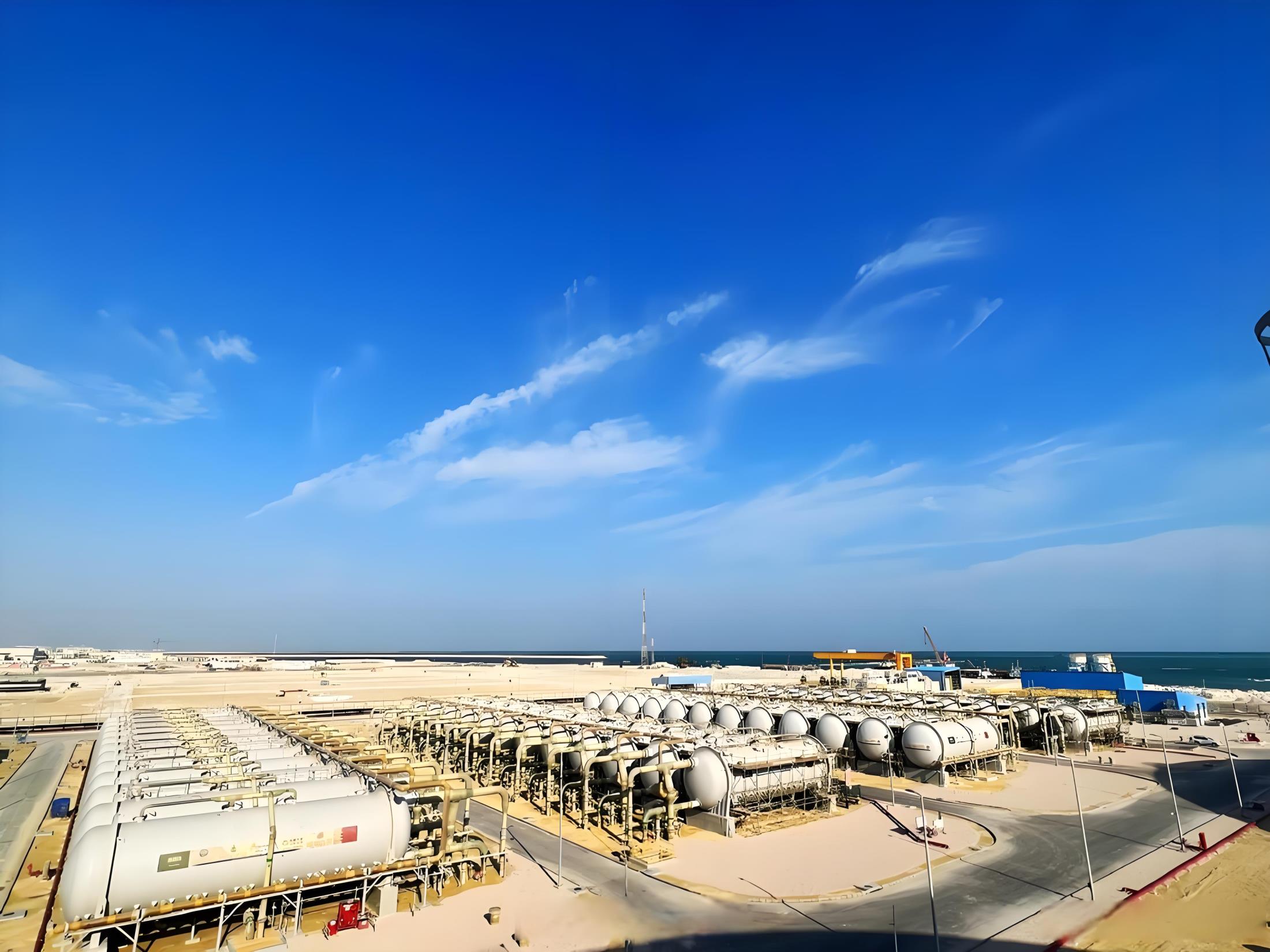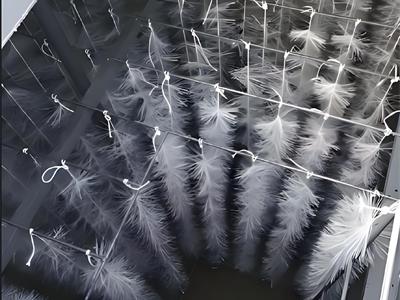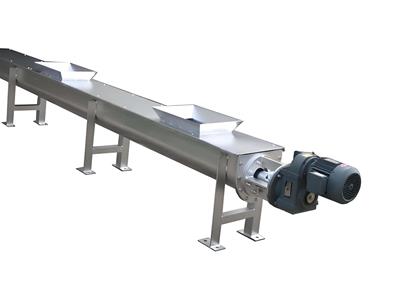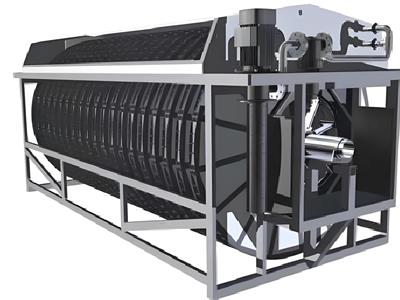- 2025-07-28
What are the pros and cons of desalination plants?
Desalination plants play a critical role in addressing the global water shortage problem. As freshwater resources are dwindling and population growth drives up demand for limited water resources, desalination has become a viable way to replenish water resources.
Desalination plants are essentially processes that turn undrinkable water into drinkable water, hence the name. These plants remove salt and solid minerals from seawater on an industrial scale, providing sufficient and safe water for residential or industrial use.
However, desalination equipment itself has its pros and cons. This article will explore the pros and cons of desalination plants and analyze their impact on water supply and the environment.
1. What is a desalination plant?
A desalination plant is an industrial facility whose purpose is to remove certain impurities, such as salt, from seawater or brackish water to make the water suitable for human consumption, agricultural irrigation, or industrial use.
Desalination machines are an innovative solution to water shortages in areas where freshwater resources are limited or difficult to obtain. These devices were first built in the 1950s and have been an indispensable tool for mankind ever since.
2. How do desalination plants work?
Desalination plants are the result of technological advances in the field of water treatment. These plants use a variety of methods to remove solid matter and salt from seawater, the most common of which is reverse osmosis. Here are the steps in the desalination process to explain how desalination systems work:
Step 1: Intake of seawater: Desalination plants are generally built near seawater or brackish water sources. Therefore, the first step is to take the water and pre-treat it.
Step 2: Pretreatment: Next comes the pretreatment process, which is mainly to remove larger particles in the water. The pretreatment process also removes various debris and organic matter that may be in the water. This step uses methods such as sedimentation, filtration, and in some cases chemical treatment.
Step 3: Reverse Osmosis: After the water has been pre-treated, the third step is to enter the reverse osmosis system. RO systems use semi-permeable membranes to trap impurities such as salts or minerals, allowing only water to pass through.
Step 4: Collection: Water that successfully passes through the membranes is sent to dedicated freshwater tanks. For larger industrial projects, this water is sent to large reservoirs. From here, the water is safe to drink or used for irrigation and industrial production.
Step 5: Disposal: The final step is to deal with impurities, salts, and larger pollutants generated during the pre-treatment process. This step is very important because desalination plants must use appropriate treatment methods to minimize the impact on the environment and marine ecosystems. However, desalination plants will discharge wastewater back to the ocean or other water bodies regardless of the impact.
Desalination plants play a significant role in modern society. However, it is also important to weigh the pros and cons of desalination equipment to determine whether they are a reliable and long-term water management solution.
3. Advantages of desalination plants
Desalination plants are an essential part of human society because they bring benefits that were unimaginable before their emergence, such as:
Increase in water supply: The main purpose of desalination plants is to provide a reliable source of fresh water to areas with severe water shortages. Due to their large scale, they can produce large amounts of clean water. The outstanding advantage of desalination plants is that they can reduce dependence on limited fresh water resources and ensure a stable water supply for various applications.
Diverse application possibilities: Contrary to what people often think, desalination machines are used for a wide range of purposes, not just for producing drinking water. Thanks to technological advances, we can use these devices to produce fresh water for agricultural irrigation, industrial water use, etc. Because of this, it has the potential to meet the needs of various industries and ensure sustainable development and economic growth.
Relieve water shortages and droughts: Desalination plants have an impact in one key area, that is, water shortages. Some coastal areas, like some, are often prone to water shortages. Desalination plants can use the abundant seawater resources in coastal areas to alleviate water shortages. Additionally, as the global population grows, desalination can help meet the growing demand for water and relieve pressure on existing freshwater supplies.
Not affected by seasonal changes: Unlike water sources that rely on rainfall, desalination plants provide a steady supply of water year-round. They are not affected by seasonal changes, droughts, and natural disasters. This reliability is a significant advantage in areas where water supplies fluctuate greatly.
4. Disadvantages of Desalination Plants
That being said, we also have to consider the disadvantages of desalination equipment. Here are some of them:
High Energy Consumption: The main drawback of desalination plants is their huge energy requirements. Removing salt from water requires a lot of energy, which in turn creates a large carbon footprint. Reliance on fossil fuels for energy has raised concerns about environmental sustainability and climate change.
Environmental Impact: Discharging minerals from seawater back into the ocean is a major environmental issue facing desalination plants. This substance, called brine, contains high concentrations of salt and chemicals that can harm marine life and disrupt the delicate balance of marine ecosystems. Therefore, proper brine management is essential to reduce environmental impact.
Cost considerations: Another disadvantage of desalination plants that cannot be ignored is their high initial investment and infrastructure requirements. As you can imagine, building desalination equipment requires a lot of resources, including funds, construction equipment, and materials. In addition, ongoing maintenance expenses and energy costs will also significantly increase costs. Therefore, a key challenge for the widespread application and implementation of desalination plants is to reduce costs.
Water quality issues: This last disadvantage is relatively subjective. That is, desalination technology usually uses chemical methods to produce fresh water from seawater. In this case, it is normal for people to have concerns about water quality, especially considering that some of the chemicals used in the treatment process may pose health risks. It is common to have high sodium levels in desalinated water if chemicals are used for treatment. Proper monitoring and treatment technology is essential to ensure that safe and healthy drinking water is produced.
5. Can Fupeng Environmental Protection work?
If you are looking for innovative solutions to improve the performance of desalination plants and maintain a competitive advantage, then FupengWater is your best choice! With over two decades of experience in the water pre-treatment industry, we specialize in providing advanced products and solutions to meet the unique needs of desalination plants.
With our expertise and commitment to excellence, we can help you optimize plant efficiency, reduce operating costs, and ensure the production of high-quality fresh water. Contact FupengWater now to see how we can help your desalination plant reach new heights of success!
6. Conclusion
Desalination plants have obvious advantages in increasing water supply, enriching water access, and alleviating water shortages. However, its disadvantages such as high energy consumption, environmental impact, cost considerations, and water quality issues cannot be ignored.
Fortunately, technological advances have the potential to solve these problems and make desalination more sustainable. In addition, the industry is actively exploring ways to ensure the widespread application and implementation of these plants.
By prioritizing energy efficiency, environmental protection, cost reduction, and water quality management, desalination can continue to play an important role in ensuring fresh water supply in a water-scarce world.
FAQ
What are the disadvantages of desalination plants? : Disadvantages of desalination plants include high energy consumption, environmental impact, water quality threats if chemical methods are used, and high upfront and maintenance costs.
What are the advantages and disadvantages of desalination plants? : Desalination plants have both advantages and disadvantages. Advantages include increased water supply, diverse uses, solutions to water shortages and droughts, and greater flexibility than seasonal solutions. Disadvantages include high energy consumption, water quality issues (if chemicals are used), and high construction and operating costs.
Are desalination plants effective? : Desalination plants may not be the most efficient way to purify seawater and turn it into drinking water. However, these plants can still produce large amounts of drinking water by removing salt and other minerals from seawater through reverse osmosis.






